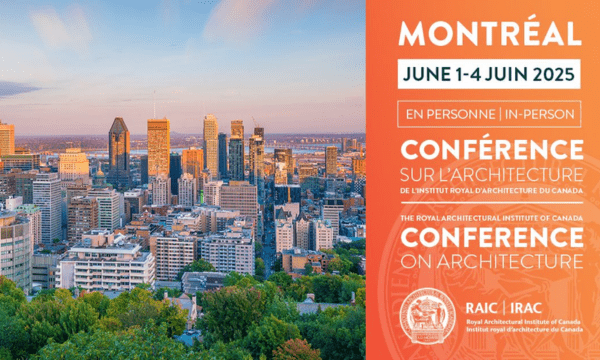Program in pdf format
Principles & Objectives of the 3rd annual SSHRC Partnership Convention on Quality
In 2023, we invited all partners and participants to the annual convention of the SSHRC research partnership on Quality hosted by the University of Calgary to report on positive lived experiences in the built environment. It has now become a major feature of the 14 situated projects across Canada to learn the best ways to collect ‘lived experiences’ of quality. This practice aims to raise our understanding of the actual meaning of quality in the everyday life of non-experts. We cannot help but notice that this practice has yet to become common design protocol in most professional milieux. We need to acknowledge this as an output of our collective project after two years of intersectoral exchanges. Lived Experience is about the personal knowledge, perceptions, and feelings within a world within which we live. Our responses reflect these personal and personally significant views, in contrast to researched or more formal descriptions. In 2024, all partners and participants have been invited to report on one positive output based on their own experience of the project after two years. This will be the subject of the first Café-Workshop at the Halifax Convention:
- What do you consider to be the main positive outputs of our partnership research on quality?
- How do you think these two years of work at local and national levels have helped change your understanding and definition of quality in the built environment? The built environment is a collective project and, even though designers are a crucial component in the overall process, they cannot consider themselves to be the only responsible, hence the sole reference point of a roadmap to quality. This is where the notion of “partnering” becomes critical to raise the bar of quality for all.
- What is a “roadmap to quality” at this stage of our research partnership? One of the main results of our project, which brings together the viewpoints of citizens, cities, professionals and researchers, has always been to produce at least 14 roadmaps toward greater quality in Canada’s built environment. This objective has been inscribed in the very title of the grant proposal from day one, and we have hypothesized that this renewed approach to quality lies at the intersection of equity and sustainability and, as such, this common assumption defines the new social value of built environments. For Halifax 2024, all 14 teams of partners have been tasked with sharing an initial presentation of their roadmap to raise the bar of quality. Although these are the first outlines, the fact that we have acquired a better understanding of the exemplary situations to be transformed now calls for action-oriented roadmaps rather than simply knowledge-oriented ones. Each roadmap incorporates its own localized and specific angle of work as starting points toward a form of generalization. Hence, the 14 roadmaps displayed in the exhibition room of the School of Architecture at Dalhousie University are not generic. They embody a series of instructions or “active principles” which are means of reaching a destination. To move from research to action, we must clarify each of the 14 destinations. These are intimately linked to the problematic qualitative situation that the projects have been exploring for over two years, but the destination may indeed differ from the research question. These goals should be formulated as transformative projects or ventures to trailblaze a path toward higher quality specific to each situation and scale. All teams are still struggling with alternating research for new knowledge and transformative action. The title of a roadmap is not the title of a research project. The 14 roadmaps are therefore different ways of answering the same question: How can we raise the level of quality – as quickly as possible – given the diversity of built situations? This third national in-person convention has been entirely rethought by the Steering Committee as a series of 4 Café-Workshops. These are meant for us to meet, of course, but they are also meant for us to better learn to work together through multiple voices. These workshops are envisioned as spaces in which partners can work together to discuss and answer questions organised around four main themes (outputs, dissemination, roadmaps and national strategy). To enhance the quality of the exchanges, participants are divided in small groups (max. 15) and remain with that same group throughout the 4 Café-workshops. Each of these workshops is mediated by a team of two moderators who ensure that the process is implemented and that participants work on the questions submitted to them. A team of students is in charge of taking notes, recording and reporting on the workshops at the end of each day. We are privileged to welcome a bigger group of students and a new group of young Indigenous partners thanks to the generous support of RAIC+RHF+OAA. On behalf of the Governance Board and the Steering Committee, I would like to address my warm thanks to the great team of professors and students at Dalhousie University for their generous hospitality. No doubt this convention will be a turning point in our journey!
- Jean-Pierre Chupin, PhD, Professor, Architect MOAQ, MIRAC Holder of the Canada Research Chair in Architecture, Competitions and Mediations of Excellence at Université de Montréal Principal Investigator of the SSHRC Research Partnership on Quality in Canada’s Built Environment



